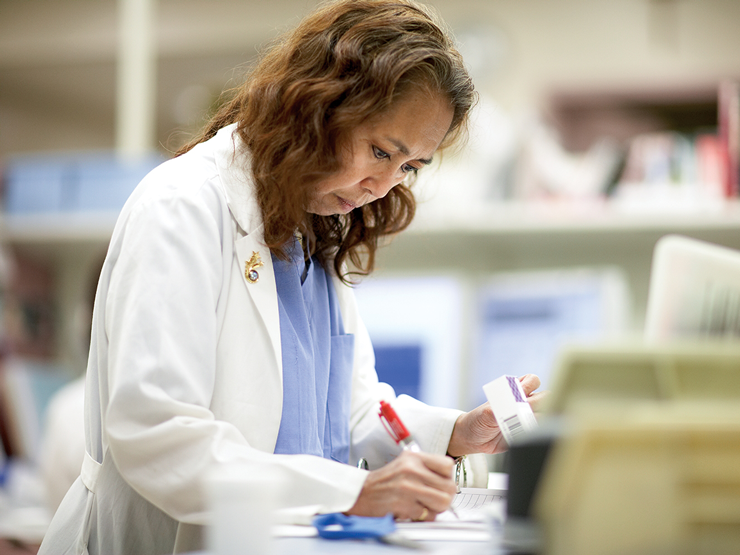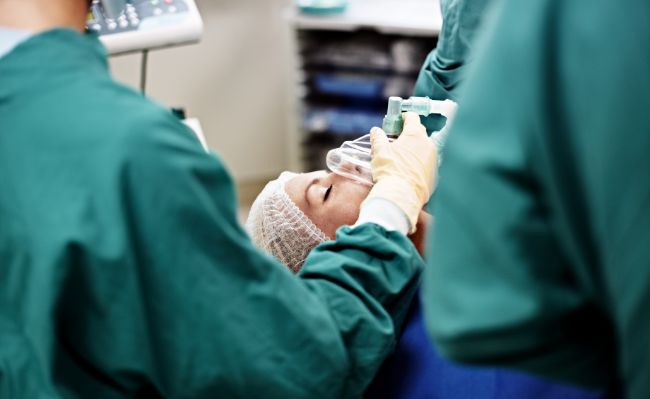
Pellentesque habitant morbi tristique senectus et netus et malesuada fames ac turpis egestas vestibulum tortor quam.

The BD® Surgical Safety and Efficiency Program is an integrated solution that is designed to help reduce the risk for infection for patients in the operating room while improving efficiency in the management of surgical instruments and inventory.

Pellentesque habitant morbi tristique senectus et netus et malesuada fames ac turpis egestas vestibulum tortor quam.
Did you know…
1.5 hour
increase in general surgery duration3
= 2X
increase in the probability of infectious complications3![]()
Improve workflow and inventory
-
Reduce procedural variability through proper product selection and utilization
-
Improve productivity through streamlined and scalable instrument management and inventory distribution
-
Reduce supply costs through a perpetual inventory system and process standardization
-
Minimize errors and improve charge capture through supply automation
![]()
Reduce the risk for infection
-
Improve preoperative cleansing compliance though a patient reminder system
-
Limit immediate-use steam sterilization (IUSS) through proper resource and instrument management
-
Support infection control guidelines through skin prep protocol and proper instrument sterilization
-
Identify HAIs and streamline antimicrobial stewardship efforts through surveillance and process improvement
IMPROVE WORKFLOW AND INVENTORY WHILE REDUCING THE RISK FOR INFECTION
-
Minimize the risk for infections
-
Optimize the OR and sterile processing department workflow and procedure costs
-
Streamline HAI identification for early intervention
ACTIONABLE INSIGHTS FROM AN INDUSTRY LEADER
-
Review and assess current practices and protocols for OR safety and efficiency
-
Provide recommendations based on baseline assessments of how BD solutions can address identified gaps and improve performance in people, processes and technologies
Integrating preoperative patient cleansing as a best practice helps to minimize the bacterial load on skin that can cause infection.
Webcasts
Join us every 2nd Tuesday and 4th Thursday of the month
at 11:00 a.m. PT / 2:00 p.m. ET
Pellentesque habitant morbi tristique senectus et netus et malesuada fames ac turpis egestas vestibulum tortor quam.
BD is committed to keeping your personal data protected and secure. More information on how we protect your personal data can be found in our privacy statement and our cookie policy.


